On a recent trip to southern California, with some time on my hands on a Monday afternoon, I decided to point my wheels toward a place that had always intrigued me: the Ronald Reagan Presidential Library and Museum. One of 13 presidential libraries in the United States, it sits atop a hill in the suburban enclave of Simi Valley, about forty-five minutes from downtown Los Angeles.
I had never been to a presidential museum before and to be honest, I wasn’t sure what to expect. A serving of warmed-over historical mush? Slanted political propaganda?
I am happy to report that it blew away all my skepticism. The museum with its 24 galleries and 100,000 square feet of exhibit space is a fascinating, emotionally powerful look at the nation’s 40th president and the pivotal period in world history in which he served. Some highlights:
AIR FORCE ONE
The Boeing 707 aircraft that Reagan and six other presidents used while in office is the museum showstopper, located in the aptly named Air Force One Pavilion. It’s the actual plane, not a replica. It was retired from duty in a ceremony at a southern California airport. Then it was disassembled and trucked and trailered across LA along the Ronald Reagan Highway (State Route 118) up to the museum’s hilltop perch where, unlike Humpty Dumpty, they were able to put its pieces back together again.
You can board the plane and walk from one end of it to the other. Its length (152 feet, 11 inches) is nearly exceeded by its wingspan (145 feet, 9 inches). The on-board furnishings, computers and digital wall clock are all from the 1980s and Reagan’s time in office. Be sure to poke your head into the cockpit. The Gipper liked to sit up front with the pilots while they were in the air, and there is a third seat in the cockpit that was reserved for him.
MARINE ONE
Marine One, the helicopter equivalent of Air Force One, is steps away from Air Force One. Guarded by a mannequin in full dress uniform, it too is the real deal, not a replica. As with the jet, a photographer will take your picture before you board, giving you the chance to demonstrate your best presidential salute for the camera. The souvenir photo is available for a fee at a nearby booth.
ASSASINATION ATTEMPT
The opening exhibits in the museum naturally tell about his early years before becoming president—growing up poor in Illinois, his experiences as a lifeguard and college football player, his success as a Hollywood actor, his turbulent two terms as governor of California. Then, as you step into a special darkened room, the visitor experience changes abruptly.
Television news footage is being shown on the far wall. In these moving images President Reagan appears outside a Washington hotel, waving to onlookers. Suddenly shots ring out and the room you’re in explodes with the sound of gunfire. There is a mad scramble on the screen as Secret Service guards, flashing guns, rush to stop the mad gunman from killing the president.
The assassination attempt occurred in early 1981, months after the 70-year-old took office. He survived, but only after emergency surgery removed the bullet that nearly struck his heart. Two other men were also grievously wounded in the shooting.
THINGS FOR KIDS TO DO
More than 5 million people have visited the Ronald Reagan Presidential Library and Museum since it opened close to thirty years ago. If the day I was there is any indication, lots of these visitors have been students, grade school on up, chaperoned by their oft-harried parents, teachers and the friendly museum docents.
Reagan loved riding horses and he and his wife Nancy liked to relax at their Santa Barbara mountain ranch. In recognition of this, one of the kid-friendly exhibits is the statue of the upper half of a horse that has been placed on the floor so that little cowboys and cowgirls can climb onto the saddle as if they were mounting a full-sized horse.
Another interactive exhibit—and there are many, throughout the museum—recreates the scene of Reagan’s first inaugural address. While the president’s family and other politicians are posed behind them, students can take the presidential podium and read from his inaugural speech with the words being delivered to them via teleprompter, just the way Reagan himself did it.
THE BERLIN WALL
The most momentous speech of Reagan’s career came late in his second term. Standing in front of the Berlin Wall, he challenged Mikhail Gorbachev, the leader of the Soviet Union, to do something that at the time was unthinkable. “Tear down this wall, Mister Gorbachev,” he said to a crowd of Berliners.
The Berlin Wall was a symbol of repression and an actual tool of repression. The people of East Berlin could not leave their section of the city because armed guards stationed around the wall would have (and did) shoot anyone who tried to escape. Reagan’s speech was a plea to Gorbachev to destroy the wall that divided Germany’s capital city and end its control of Eastern Europe.
A longtime opponent of the USSR, Reagan nonetheless engaged in unprecedented negotiations with Gorbachev that reduced the nuclear weapon stockpiles held by America and Russia. And eventually the wall came down and Poland, Czechoslovakia and other countries of the Eastern bloc became free of Soviet control. Indeed, even the USSR itself fell apart.
These world-changing events are told in a series of interactive exhibits and displays, including, of course, Reagan’s powerful speech. An actual fragment of the old Berlin Wall (again, not a relic) is on the grounds.
OTHER HIGHLIGHTS
There are many:
Recreations of the Oval Office and the South Lawn of the White House.
Excerpts from Reagan’s diaries. Unique among presidents, he kept a daily diary. These have become a gold mine for historians and others who come to the Ronald Reagan Library to do research on his presidency.
After leaving office, Reagan developed Alzheimer’s disease. The letter he wrote to the American people, revealing his condition and saying that he was stepping away from public life, is quite moving especially for those who know people who are suffering from this terrible disease or have suffered from it.
A café serves lunch and snacks. The grounds, which include the final resting place of the Reagans, have grand views of mountain scenery and stretch to the Pacific Ocean. The Ronald Reagan Pub in the Air Force One Pavilion, a tribute to his Irish roots, has a pub-style menu and serves wine and beer.
For more, see ReaganLibrary.gov.

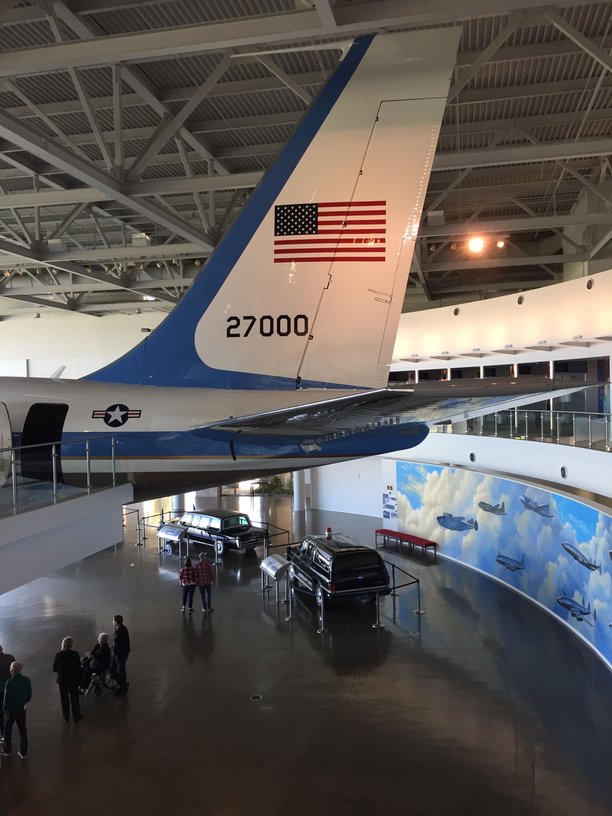
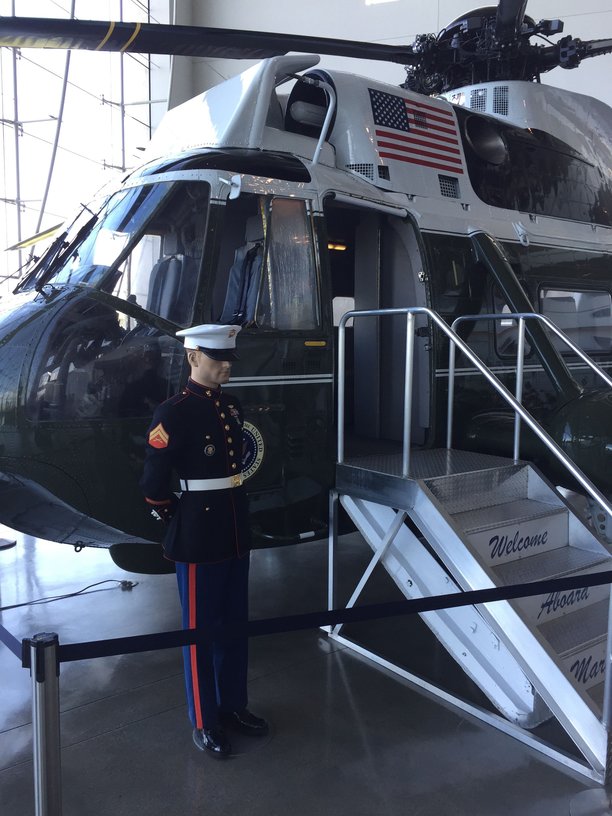
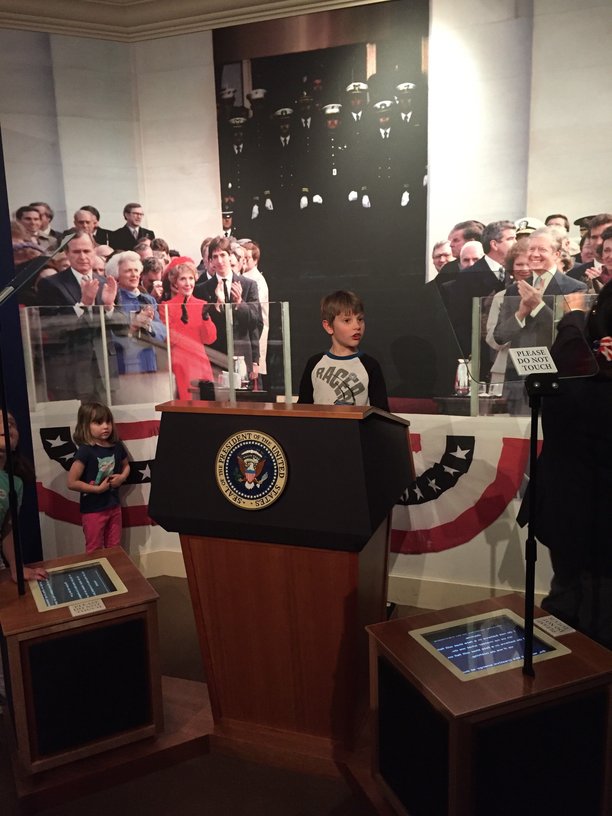
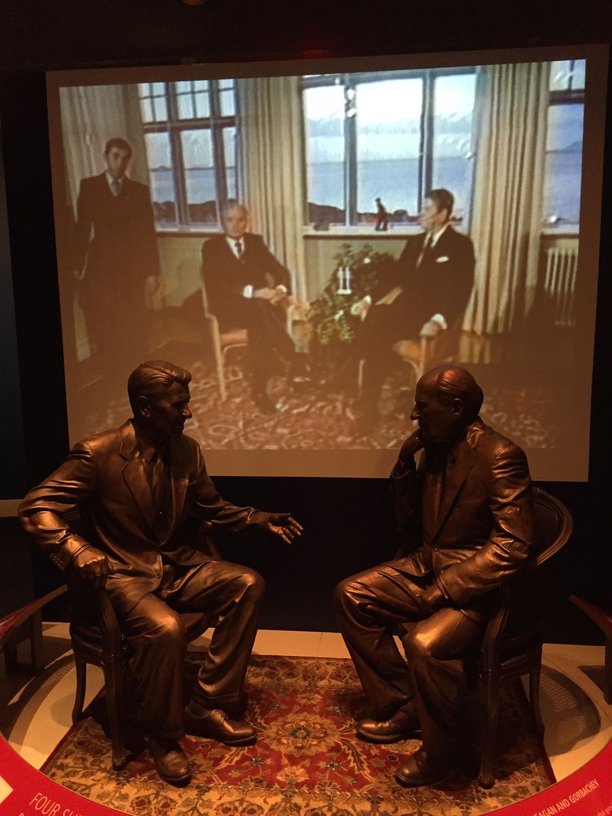
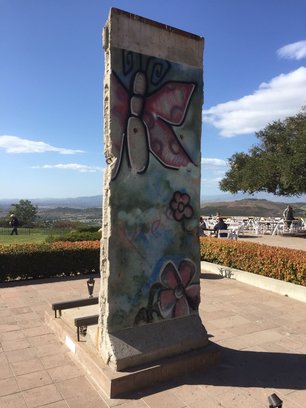



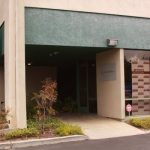
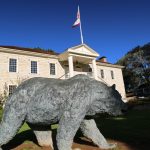

Nice post Kevin – I’ve been to both libraries – once at Reagan I randomly met the father of one of my friends in college – who was working in the Air Force One Pavilion.